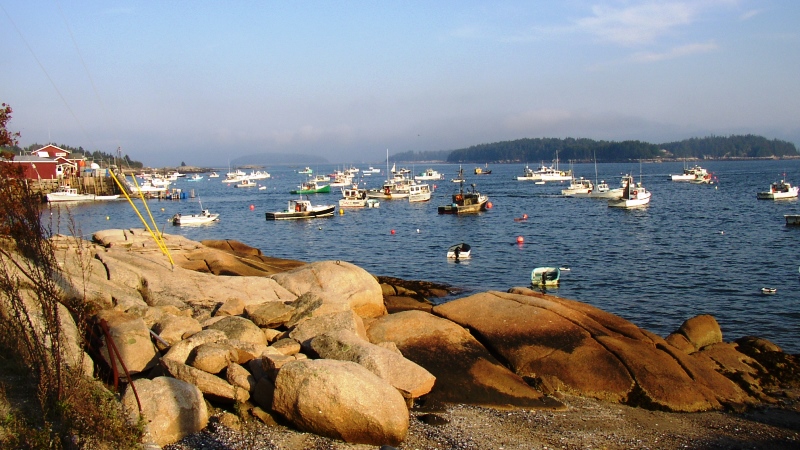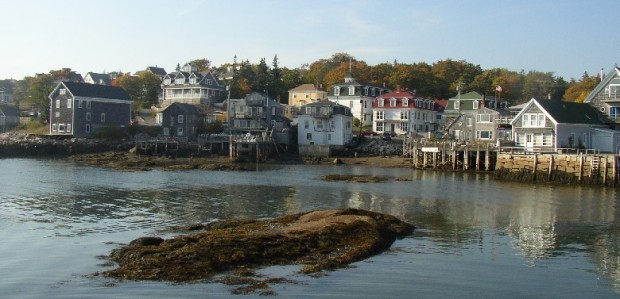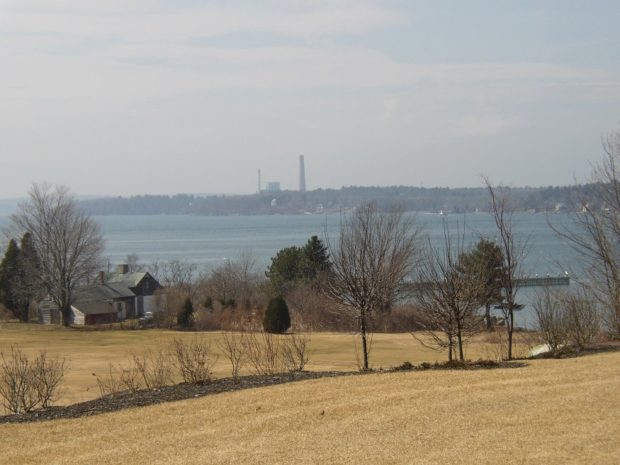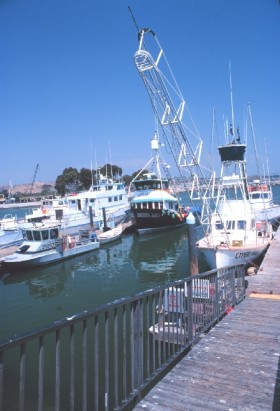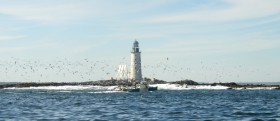Lobster Landings by Location
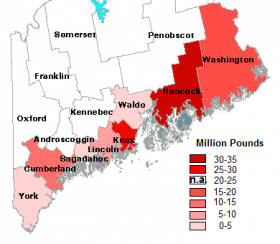
Lobster landings occur all along Maine’s long coastline. Stonington in Hancock County is by far the port receiving the largest amount and value of this commercial fishery. Lobster’s $435 million plus ex-vessel value accounted for 77% of the total value of commercial fish landings in 2011. Historical landings have increased substantially in recent years. The…


